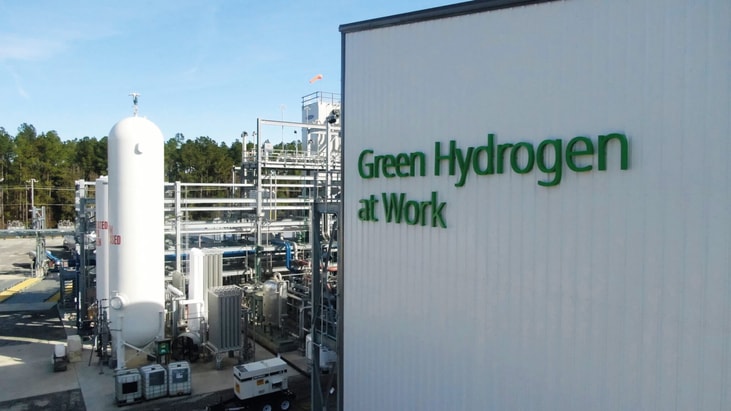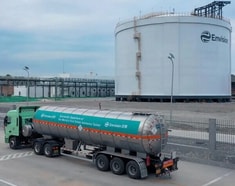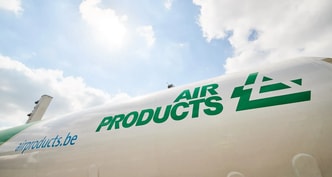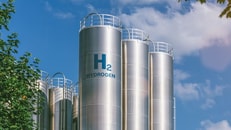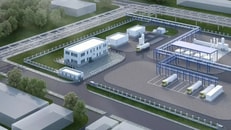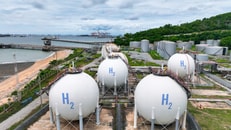Overcoming hydrogen handling challenges
Dominic Ellis looks at how liquid hydrogen continues to make progress across sectors
We are seeing clear momentum behind liquid hydrogen. The liquid form is considered a promising clean energy carrier because when used in fuel cells or burned as a fuel, it produces only water vapour as a byproduct, making it a zero-emission energy source when produced using renewable energy sources or low-carbon methods.
Liquid hydrogen has several industrial applications, including as a feedstock in chemical processes, a coolant in various industrial applications, and a transportation fuel for certain applications such as heavy-duty trucks and trains. Certain industries, such as aerospace and space exploration, have been using liquid hydrogen for propulsion and cooling for many years.
The downside has been the distribution challenges associated with handling liquid hydrogen, given it needs to be stored and carried at extremely low temperatures (-253°C or -423°F). But this isn’t an impediment to liquid hydrogen’s ongoing development and appeal – and indeed we are seeing novel developments with subcooled liquid hydrogen (sLH2) with Linde.
... to continue reading you must be subscribed

